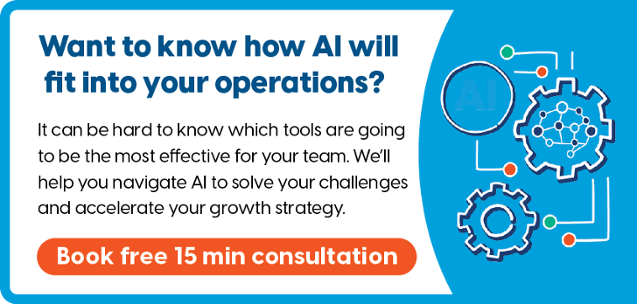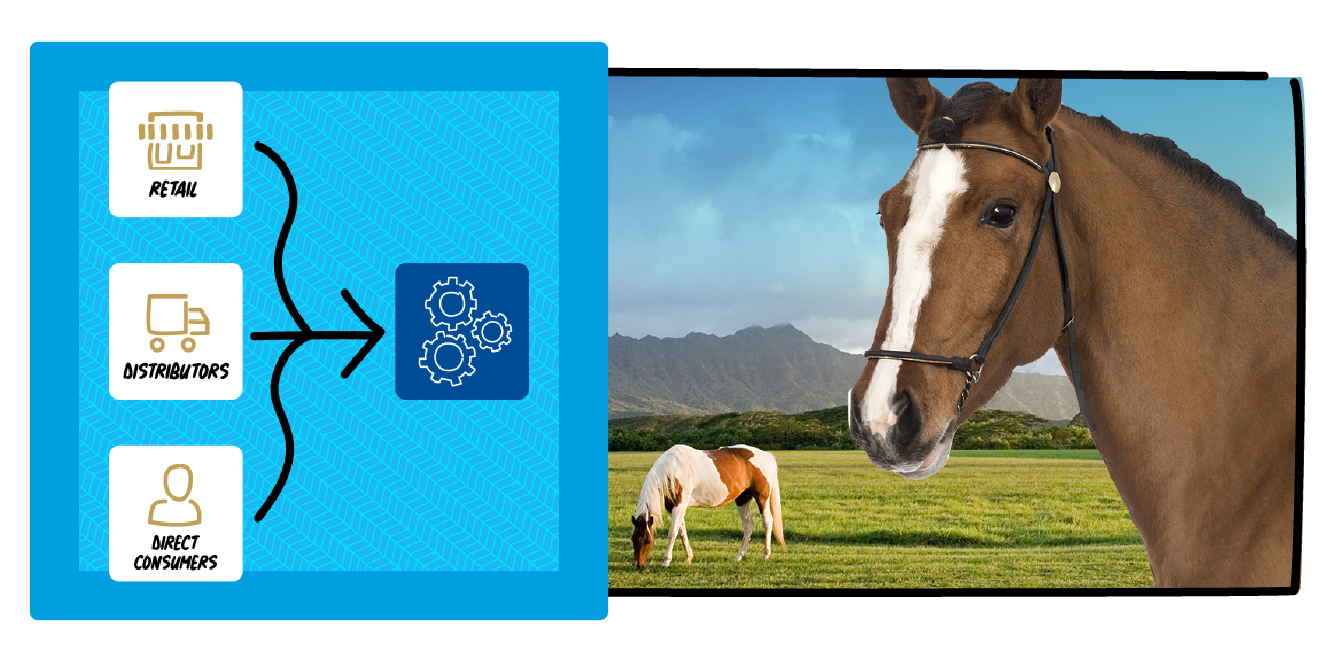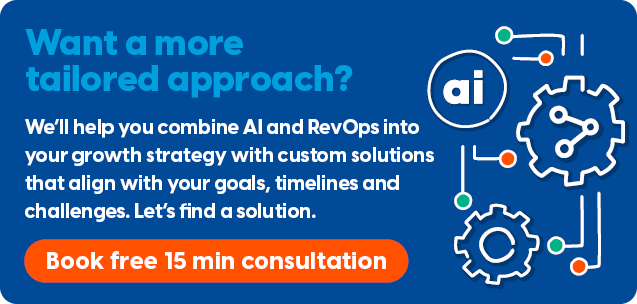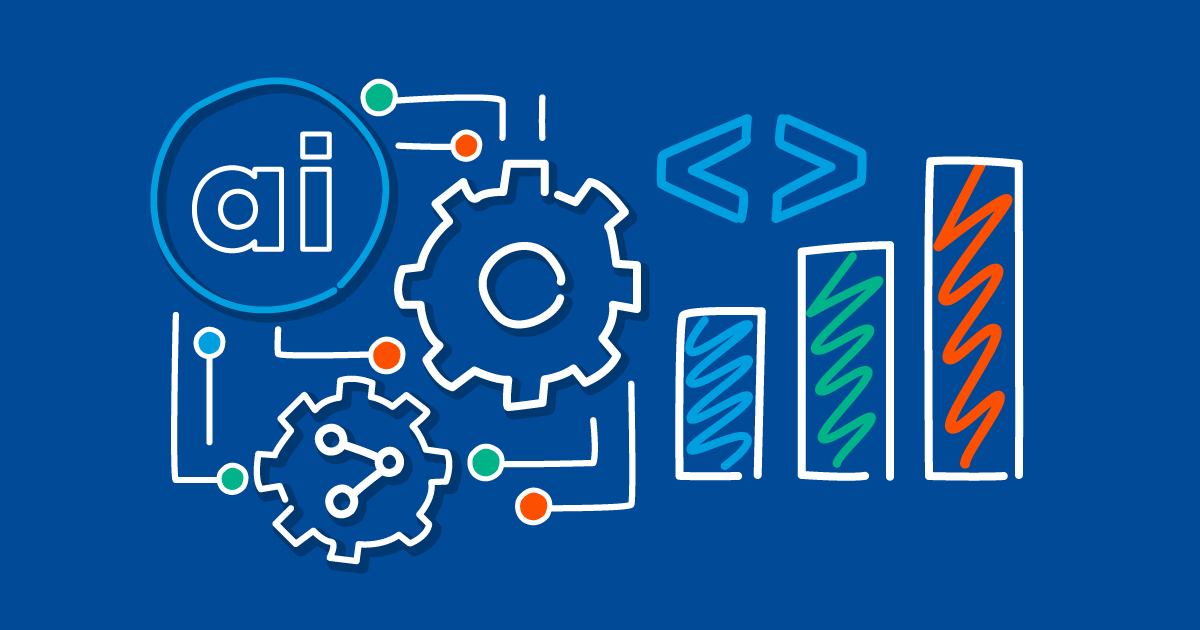
Combine AI and Revenue Operations to dominate your growth strategy
Looking for better results? Implement AI and RevOps to power your growth strategy and create new business opportunities. This blog post will dive into how you can use AI to accelerate growth and boost revenue.
AI + RevOps = Growth
We know AI is the hottest buzzword in the tech world at the moment, but there is a good reason for it. Revenue Operations has been a stronghold in powering growth strategies, implementing effective operations and streamlining business processes. Adding Artificial Intelligence to your RevOps strategy now enables you to fast track this entire process, reduce manual tasks and have more accurate data across all systems.
By combining RevOps and AI you can understand your customers better, deliver seamless personalised communication and reduce your ineffective processes to maximise efficiency.
Want to skip ahead? Click links below:
- What is Artificial Intelligence (AI)?
- Understanding Revenue Operations (RevOps)
- The Power of Artificial Intelligence (AI) in Revenue Generation
- Steps to combine AI and RevOps to accelerate growth and improve scalability
- 3 ways to implement AI to your business operations
- RevOps common objectives and data integration
- Benefits of Implementing RevOps
- Use AI to positively influence your customer experience
"AI and RevOps are a powerful combination that can drive significant growth and efficiency," says Kye Bessant, our Solutions Architect from Modern Visual.
"By leveraging AI to streamline operations, enhance customer experiences and make data-driven decisions, businesses can achieve sustainable success."

Kye Bessant, our Solutions Architect from Modern Visual
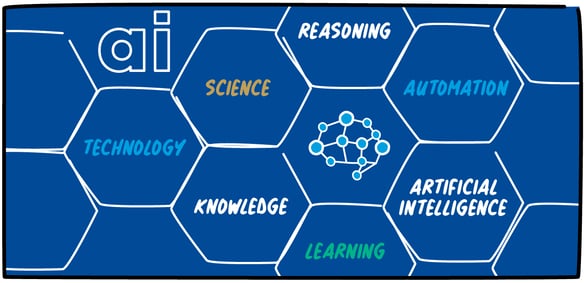
So, What is Artificial Intelligence (AI)?
In a nutshell, Artificial Intelligence (AI) is a tool that can help you perform tasks, solve problems, make decisions, take notes and automate your processes. AI is a combination of computer science and technology that helps automate and streamline your daily processes. AI can perform tasks that would usually require human intelligence. AI can learn from experience, recognise patterns, understand natural language and make decisions - which frees up your time.
AI systems can analyse and process information, allowing them to make predictions. You can use AI to manage data and have more accurate forecasting with better insights.
For example: As a Sales Rep or Marketing Manager you can automate repetitive email replies, implement automatic scheduling and save time with AI generative content.
AI has a wide range of applications across industries such as SaaS, Healthcare, Finance, Transportation and Entertainment. As we have seen, AI continues to advance rapidly and this is a great opportunity for businesses to grow, adapt and accelerate past the competition. Ultimately AI tools can be used to reduce friction and accelerate growth, making them a powerful solution when combined with Revenue Operations.

Understanding Revenue Operations (RevOps)
RevOps focuses on streamlining business operations and creating seamless experiences for both internal and external stakeholders whilst accelerating growth. Aligning Sales, Marketing and Service teams to have better efficiency, accurate data and seamless processes helps to enhance revenue, increases profitability and reduces costs. RevOps breaks down departmental silos by improving communication between teams.
Revenue Operations focuses on driving business growth through efficiency, accelerating streamlined processes and reducing bottlenecks throughout various operations without incremental costs. This makes it a powerful strategy for those wanting to scale their business and maximise efficiency.
The Power of Artificial Intelligence (AI) in Revenue Generation
AI can be used in various forms, shapes and sizes… but when used strategically, AI can have a big impact on revenue, efficiency and scalability. You can implement changes to build revenue based on your internal operations and implement efficiency gains that directly affect your customers' experience. The power of AI comes with how effective your strategic planning is for revenue growth.
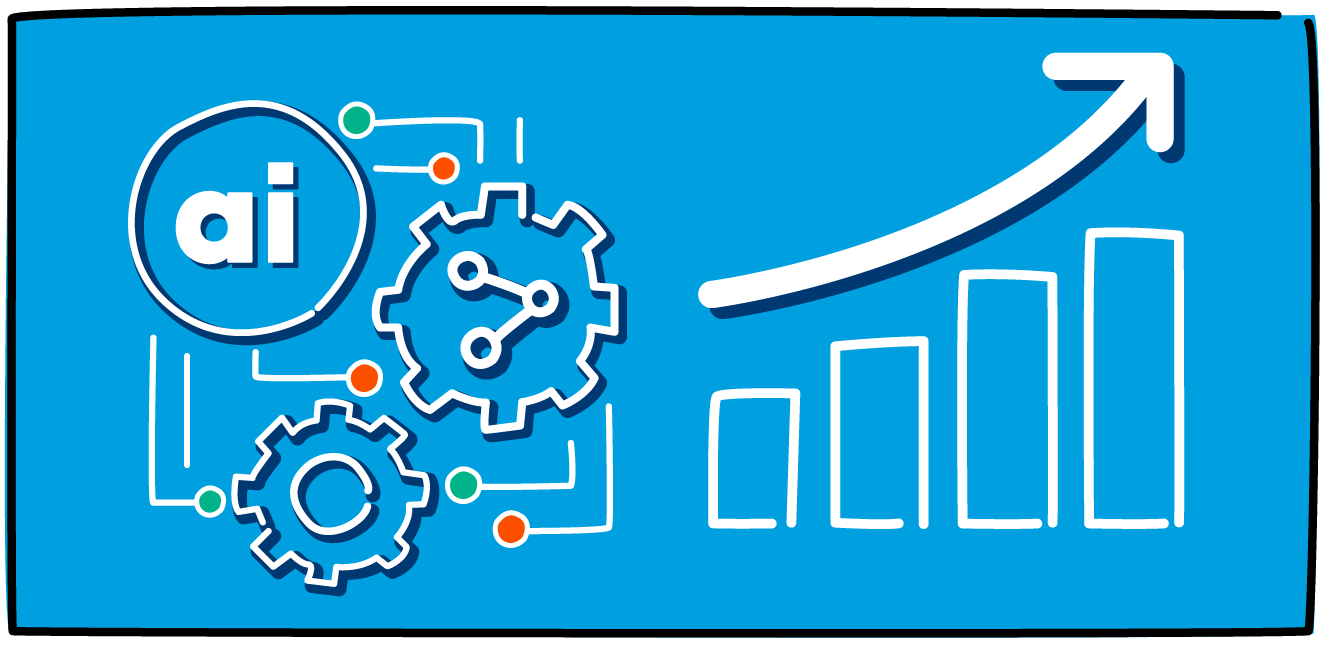
AI can be used to boost revenue
First, set goals and desired outcomes for what you want to achieve using AI. Define what data you’ll need, how you’ll collect, store and access this data and how you will leverage the analytics to gain insights and identify trends.
By assessing your current business objectives, strengths and weaknesses, you can begin to see new opportunities that will enable better growth. McKinsey Global survey shows that high performers are using AI to grow revenue, not just cut costs, with 27% using AI to increase revenue from the core business.
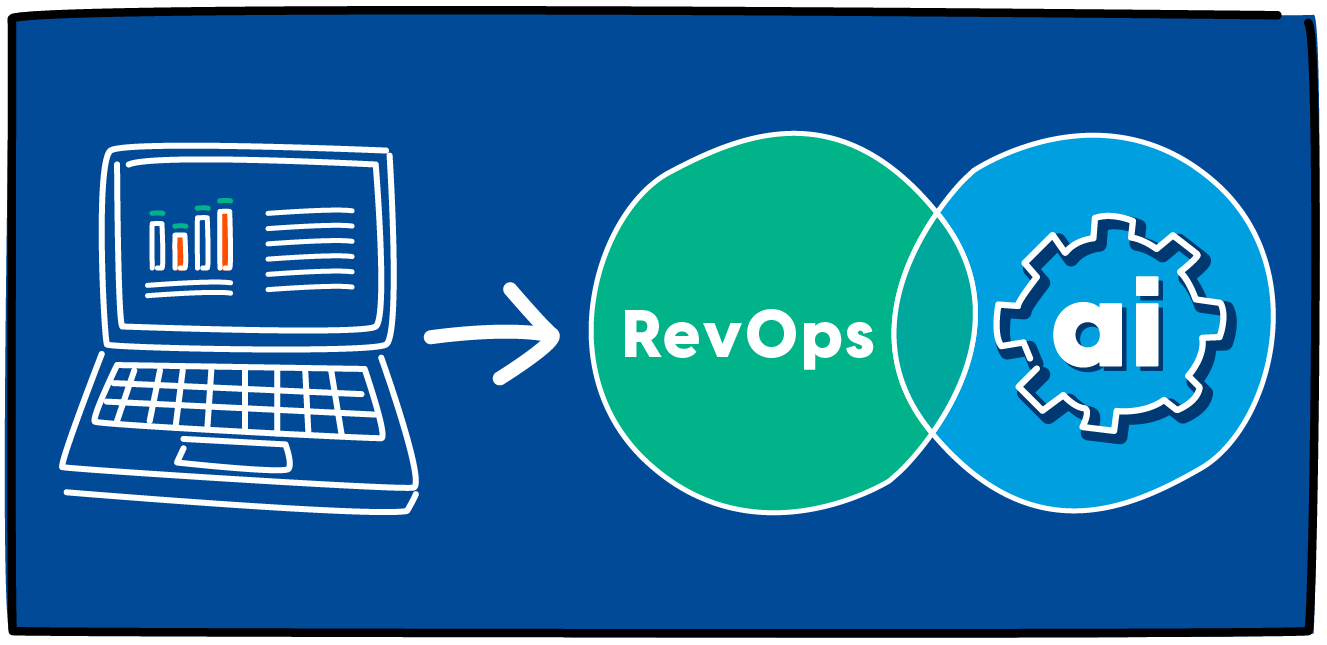
Steps to combine RevOps and AI to accelerate growth and improve scalability
Combining RevOps and AI involves a strategic approach that leverages technology and cross-functional collaboration.
Key steps:
1. Assessment and alignment:
- Begin by assessing your current RevOps processes, including sales, marketing and customer support. Identify bottlenecks, inefficiencies and areas where AI can make the most significant impact.
- Ensure that your entire organisation, from sales to marketing to customer service, is aligned with the goal of accelerating growth.
2. Data integration:
- Centralise your data from various sources, including CRM systems, marketing automation platforms and customer support tools.
- Clean and standardise your data to ensure accuracy and consistency.
- Ensure your tech stack is optimised for efficiency and supports industry best practices.
3. AI-powered analytics:
- Implement AI-driven analytical tools that can process and analyse large data sets quickly (saving you time and reducing human error).
- Utilise AI to gain insights into customer behaviour, market trends and revenue opportunities.
- Identify patterns and correlations that can inform your decision-making process. AI forecasting tools and ML predictions can be highly useful when your data is accurate, reliable and consistent.
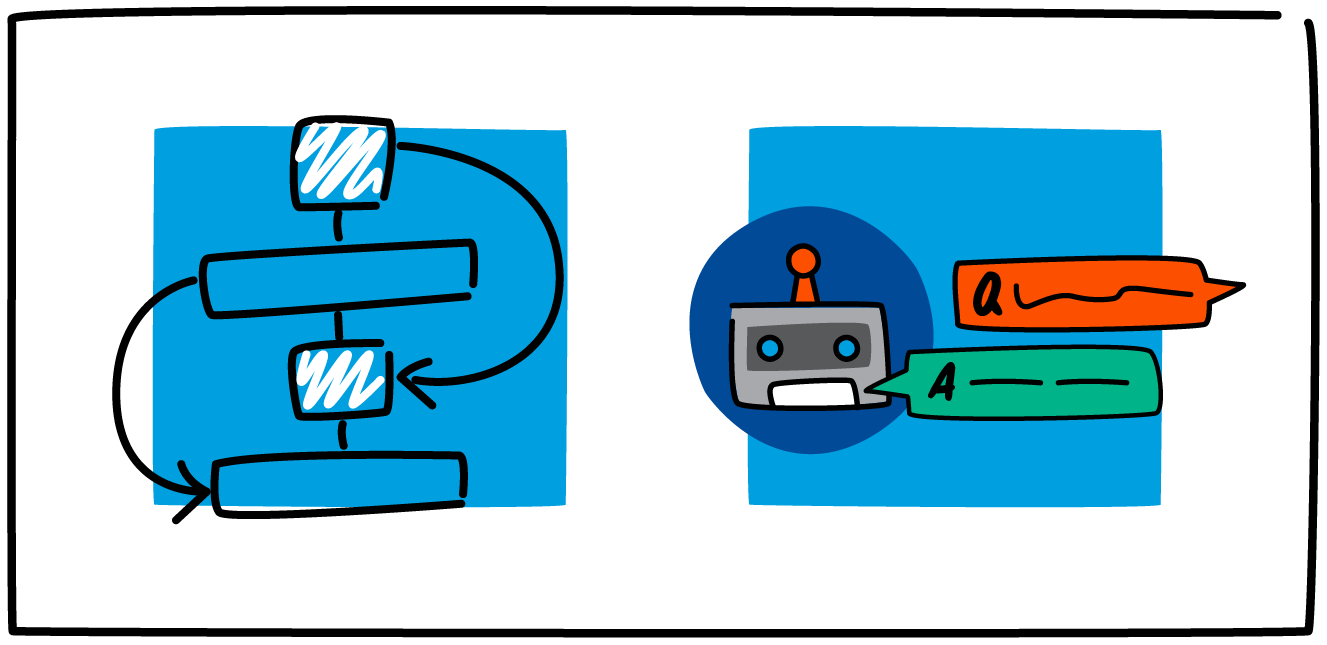
4. Automation:
- Automate routine tasks and workflows using AI and machine learning. Examples include: lead scoring, chatbots for customer support, marketing campaign optimisation and generative AI.
5. Personalisation and customer engagement:
- Use AI to personalise customer interactions by tailoring content, offers and recommendations to individual preferences.
- Enhance customer engagement and satisfaction by using data to draw insight into how best to target your customers.
6. Predictive Sales and Marketing:
- Optimise marketing campaigns by using AI to target the right audience with the right message, at the right time. Leverage AI to predict customer behaviour and buying patterns.
- AI can identify high-potential leads and automatically prioritise them for sales efforts.
7. Continuous optimisation:
- Regularly analyse the performance of your AI-driven initiatives and RevOps processes.
- Collect feedback from your teams and customers to refine strategies.
- Be agile in adapting to changing market conditions and customer needs.
8. Training and skill development:
- Ensure that your teams are trained in AI technologies and understand how to leverage AI tools effectively.
- Foster a culture of learning and experimentation to stay at the forefront of AI advancements. AI is continuously evolving, it’s important to stay ahead of the changes and keep all teams aligned to industry best practices.
3 ways to implement AI to your business operations:

1. Automation and workflows with integrated AI
Automating routine tasks, reminders and updates helps you reduce your daily workload and maximise efficiency in your processes. 51% of workers report spending at least two hours per day on repetitive tasks, automating these tasks could make a huge difference to your workday (Formstack survey).
For example: HubSpot enables you to build out workflows with automation to fast track your processes and enable seamless experiences. You can then add an integration of OpenAI/GPT-4 to enhance your workflows and increase productivity.
The Aissistfy and HubSpot integration allows you to implement AI into your HubSpot CRM. You can then enable this AI to carry out tasks for you. You can set the AI up to draft replies for customer requests, prioritise tickets, segment your customers, prioritise leads, implement ticket routing based on identified categories, automate replies and much more.
2. Monitor and evaluate performance
AI driven forecasting can lead to more accurate predictions by assessing historical data. A recent study found Amazon’s AWS API has a 40% more accurate forecast reading. A huge win for saving you time and reducing human error.
For example: With Amazon Forecast, you can add attributes to increase the accuracy in your forecast model such as price, promotion, category details, holidays and weather information. Amazon Forecast also gives you an explainability report to know how these attributes are influencing the forecast. This is super important as you can now better understand why your AI model makes certain predictions and therefore make better business decisions and adjust your model accordingly.
 Image source: Amazon
Image source: Amazon
3. AI for Inventory Management
(AI) Machine Learning can use image recognition to increase efficiency and productivity with Inventory Management. Saving you time on manual uploads and data management.
For example: With Levity, you can upload image data and an AI tool can find defects, categorise products or label the images. You can then utilise AI to manage stock count based on specific data and automate the process of manual product tagging.
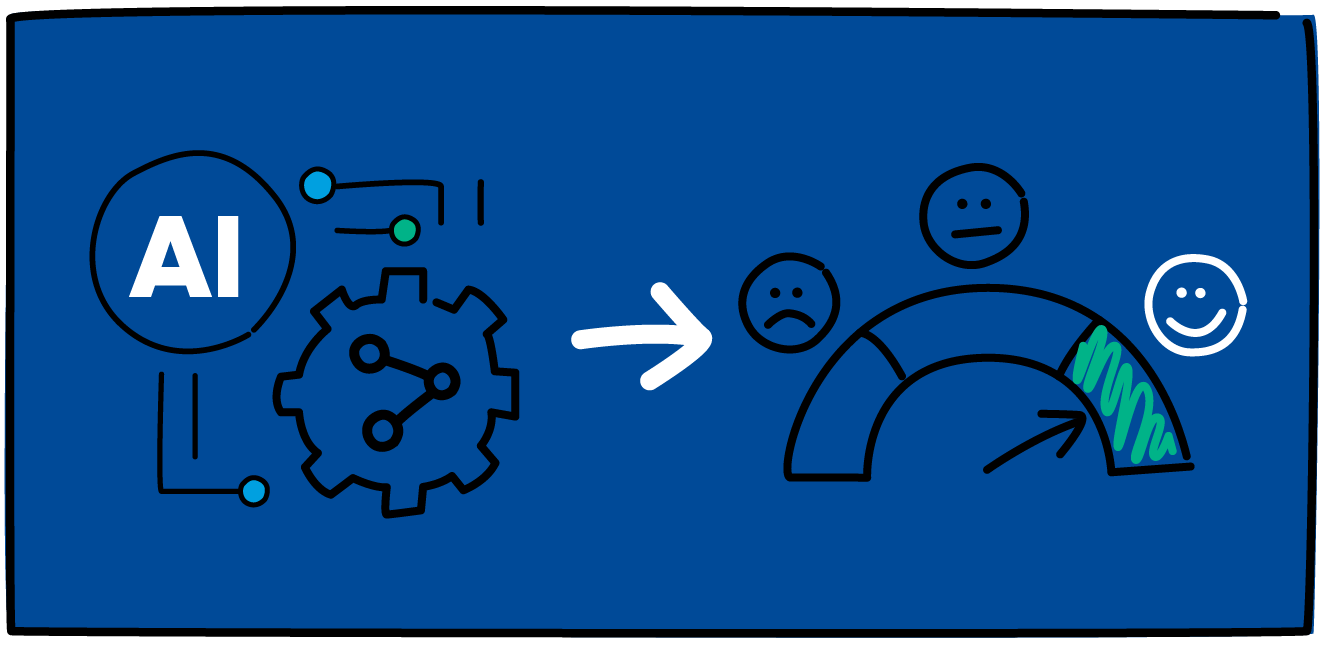
Use AI to positively influence your customer experience
Grow revenue or reduce costs with direct changes to your customers' experience. You can implement AI to help with customer service, deliver faster experiences, enhance support and increase customer engagement.
1. AI chat-bots
Using a personalised approach, you can build a customer service strategy that solves customers problems through the use of an AI-powered Chat-bot. This saves costs on resources as automated responses now solve repetitive customer requests and it provides 24/7 customer support.
2. Targeted, personalised marketing efforts with Machine Learning
Insights of consumer behaviour can be highly targeted and accurate when using data analysis algorithms. AI can help build behaviour patterns and preferences of your customers enabling you to target your ads with more accuracy.
Examples:
- Product recommendations: Machine learning helps group buying habits and demographic similarities and suggests purchase pairings. AI continues to improve these recommendations based on customer interactions. Leading to accurate predictions of what your customers are looking for.
- Email automations and campaigns: Using the data found by machine learning you can create target email campaigns that have higher conversion rates.
- Predictive analytics: Using algorithms to analyse historical data and forecast future outcomes, you can monitor customer transactions and website interactions. This gives you deeper insights for making more informed business decisions.
3. Voice search optimisation
AI-based voice optimisation can be used to improve customer service experiences through interactive voice recording systems (IVR). A growing number of businesses are implementing voice search and recognition into their growth strategies. Enabling customers to make purchases through voice recognition on smart devices.
For example: Aircall have IVR software for sales and marketing representatives looking to deliver exceptional customer service experiences. AI is helping to improve the IVR systems to have a more human experience and works to increase satisfaction rates for customer service. Aircall's IVR system integrates with any help desk or CRM software.
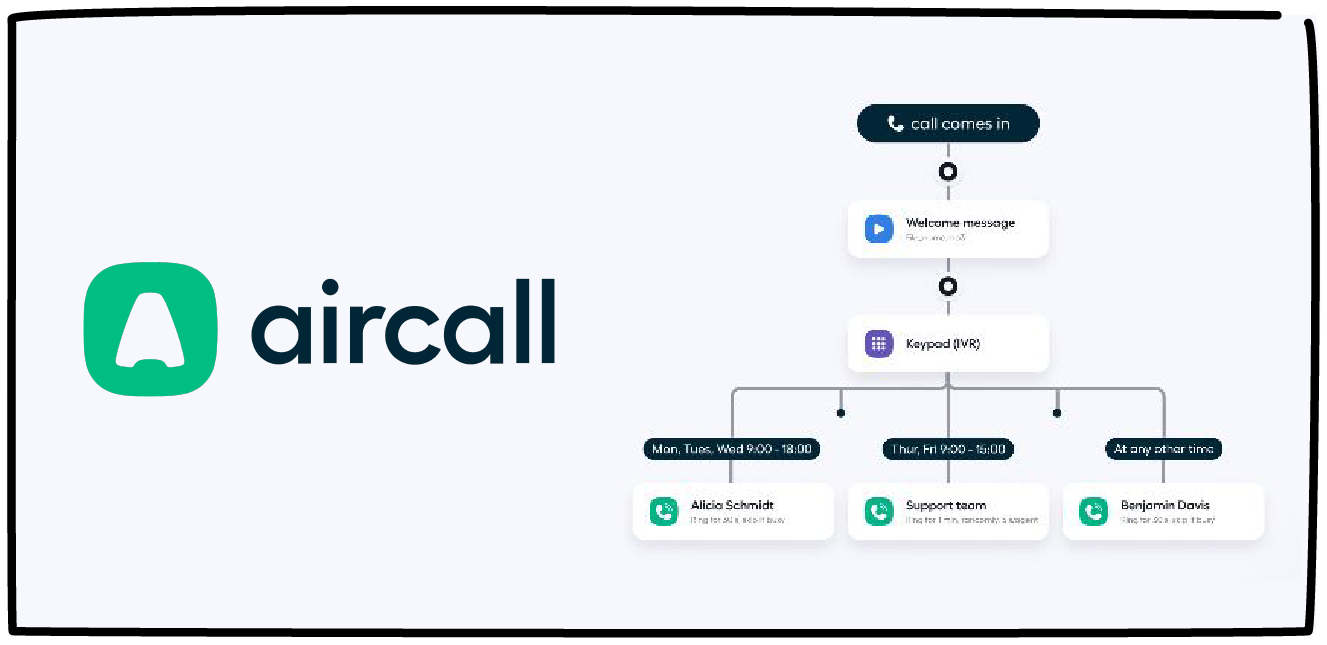 Image Source: aircall IVR
Image Source: aircall IVR
RevOps aligns departments through implementing common objectives and Data Integration.
RevOps aligns the goals of Sales, Marketing and Customer Success teams around a shared objective: revenue growth. This alignment ensures that everyone is working toward the same target, whether it's acquiring new customers, retaining existing ones, or upselling and cross-selling.
A fundamental aspect of RevOps is the integration of data from various sources, including customer relationship management (CRM) systems, marketing automation platforms and customer support tools. This integrated data provides a holistic view of the customer journey and allows for better decision making. Integrations can help departments work cohesively and ultimately improves the customer experience. By aligning departments and streamlining processes, organisations can deliver a more seamless and consistent customer experience, which can lead to higher customer satisfaction and loyalty.
See how RevOps has been successfully implemented into Hygain’s Business Operations >
With a focus on gaining better visibility across teams and connecting data insights from legacy systems Hygain have accelerated their processes for better revenue growth. See their success with RevOps and how they can make better business decisions with their new optimised tech stack.
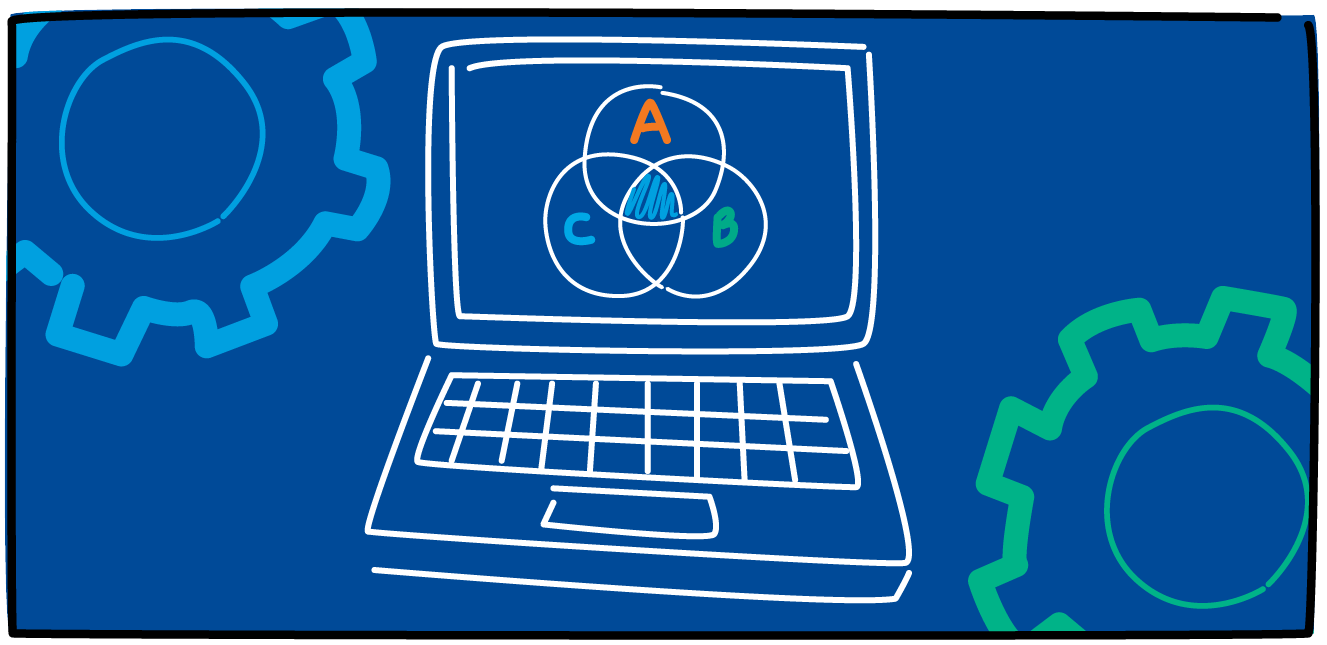
Benefits of implementing RevOps
Increased revenue:
Perhaps the most significant benefit of RevOps is improved revenue generation. RevOps helps to identify growth opportunities, reduce churn and optimise the entire revenue generation process.
Cost reduction:
Streamlining processes and eliminating inefficiencies can lead to cost savings. By focusing resources on high-impact activities and automating routine tasks, you can operate more efficiently. For example, there might be better tech solutions that enable you to minimise inefficiencies and scale your operations.
Better data-driven decision making:
With integrated data and shared metrics, you can make data-driven decisions with confidence. This leads to more accurate forecasting, improved targeting and better resource allocation.
Enhanced customer retention:
RevOps helps you deliver a consistent and positive customer experience throughout the entire customer lifecycle. This can lead to higher customer retention rates and increased customer lifetime value. With a customer centric approach and following HubSpot’s Flywheel model you can build effective growth strategies that keep your customers and turn them into advocates for your brand.
Competitive advantage:
With RevOps, you can adapt more quickly to changing market conditions, capitalise on opportunities and outperform competitors who operate in silos.
Improved employee collaboration:
RevOps fosters collaboration and communication among departments. RevOps makes it easier for employees to share insights, feedback and best practices, creating a more cohesive and innovative work environment which leads to better overall results.
Scalability:
As you grow, RevOps can adapt and scale alongside you. It provides the framework and processes necessary to support growth initiatives, whether that involves expanding into new markets, launching new products or onboarding additional sales and marketing resources.
Conclusion
We're starting to see a lot of new benefits come from AI and the recent advancements of technology when it's used strategically. It's time to start getting comfortable with adapting these new tools as they progress to ensure your business stays ahead of industry trends. By implementing AI into your revenue operations strategy you can accelerate your growth plan and increase efficiency across all business operations.
Don't stop now. Keep learning
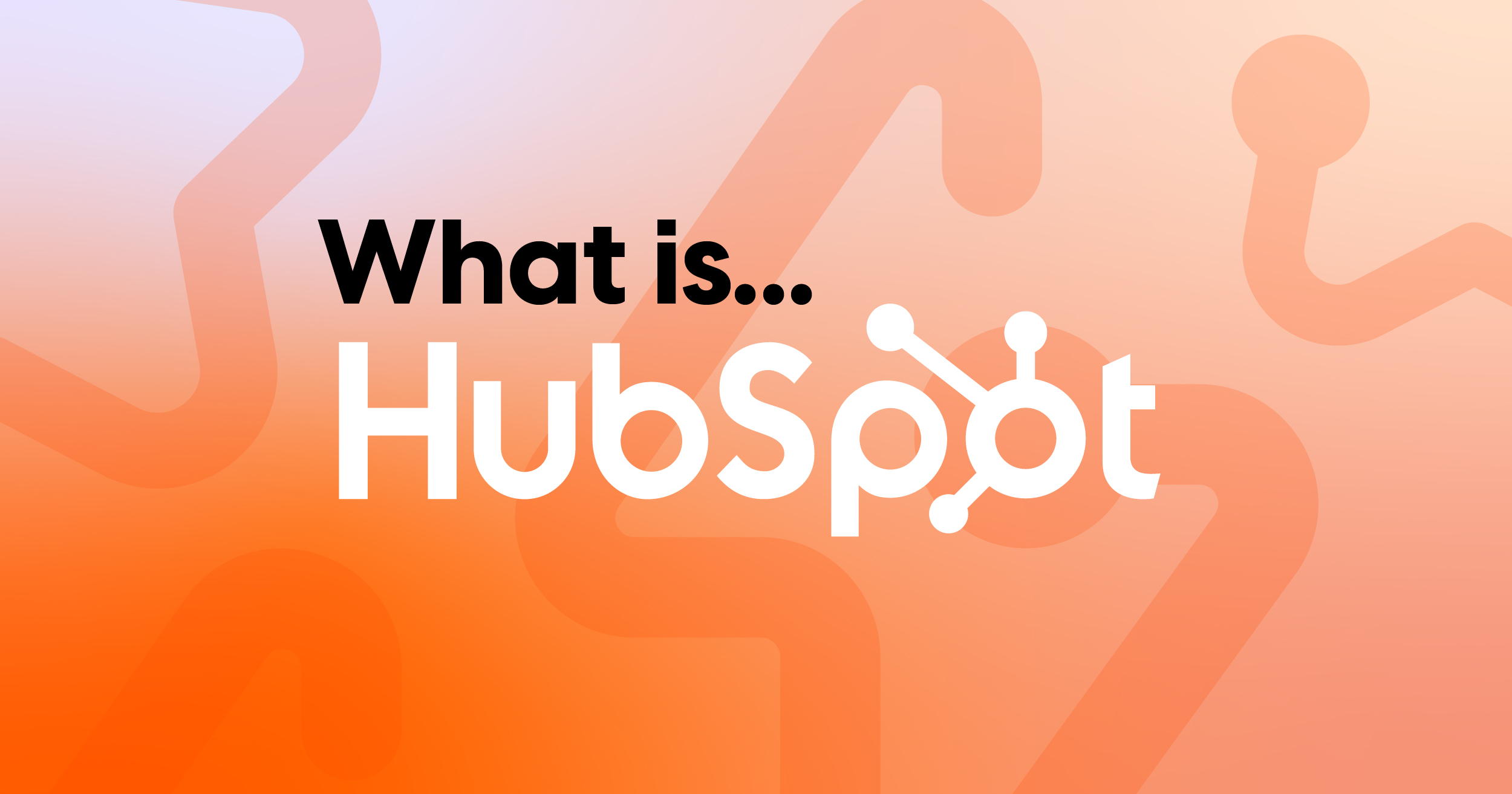 What is HubSpot? A Complete Guide for Enterprise Businesses
If you’ve ever felt like your marketing, sales and service tools are scattered across too many...
What is HubSpot? A Complete Guide for Enterprise Businesses
If you’ve ever felt like your marketing, sales and service tools are scattered across too many...
 How to clean data in Excel before Switching CRMs
Excel can be a powerful tool for cleaning data before migrating to a CRM system. Many businesses...
How to clean data in Excel before Switching CRMs
Excel can be a powerful tool for cleaning data before migrating to a CRM system. Many businesses...
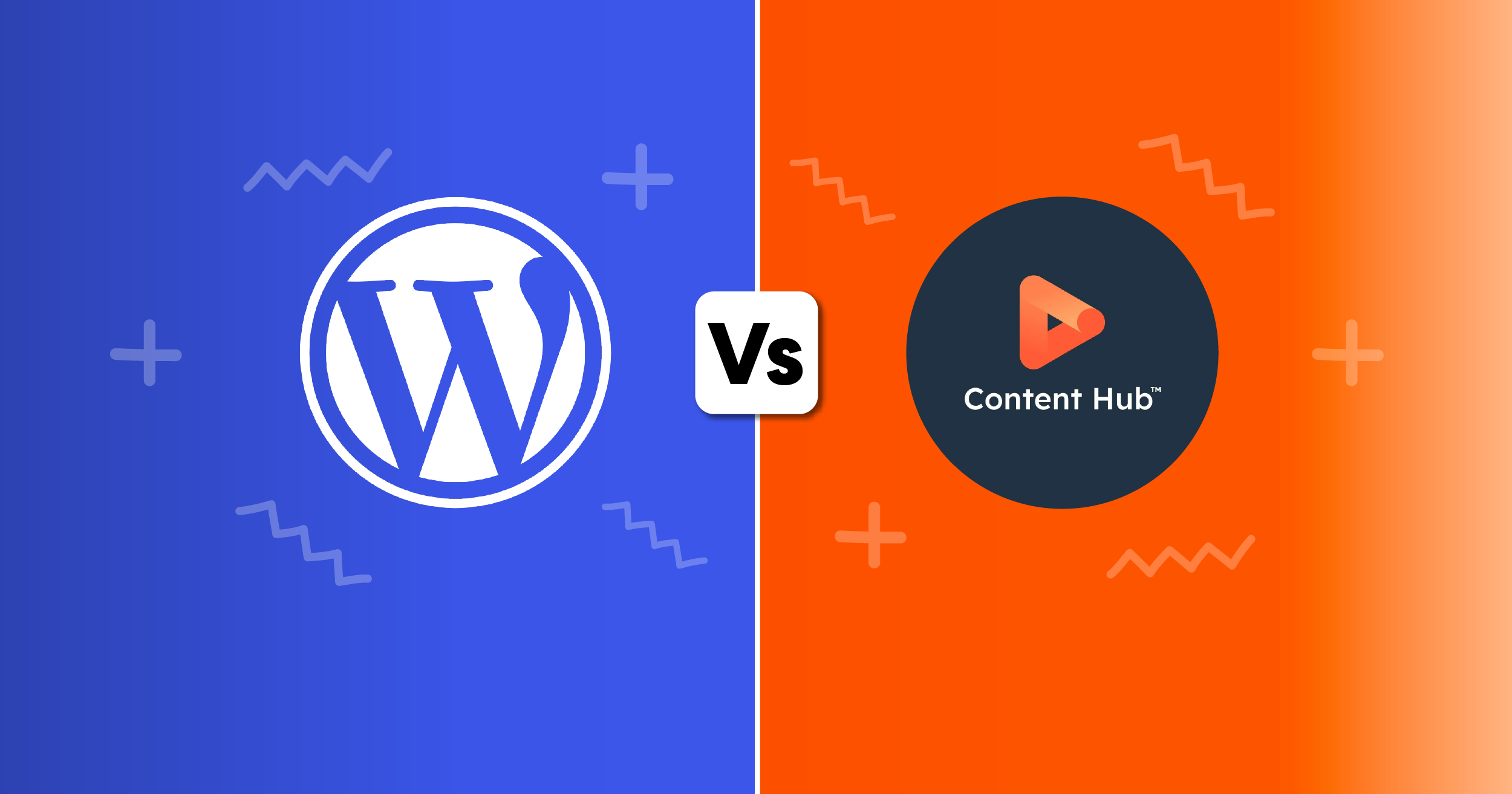 WordPress vs Content Hub (HubSpot)
How to pick the right platform for your business: Both WordPress and Content Hub are powerful...
WordPress vs Content Hub (HubSpot)
How to pick the right platform for your business: Both WordPress and Content Hub are powerful...


